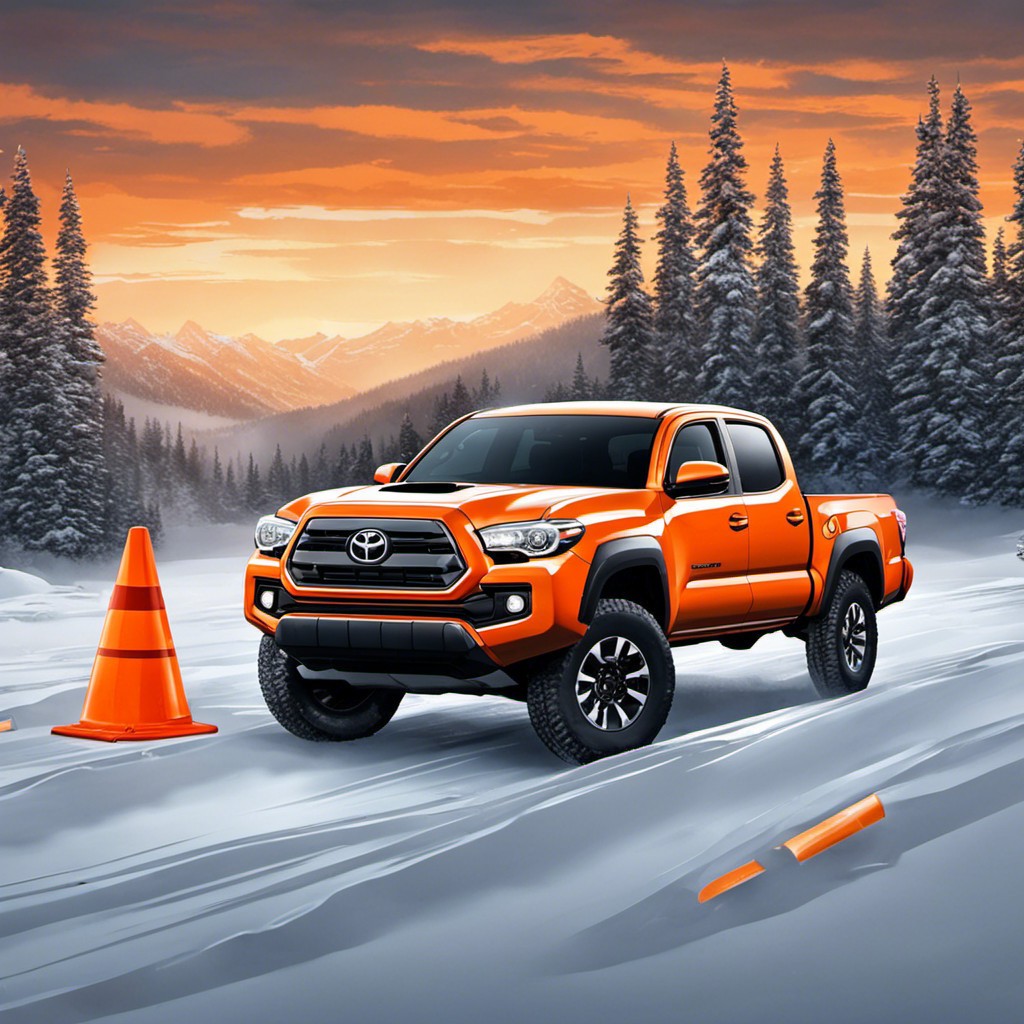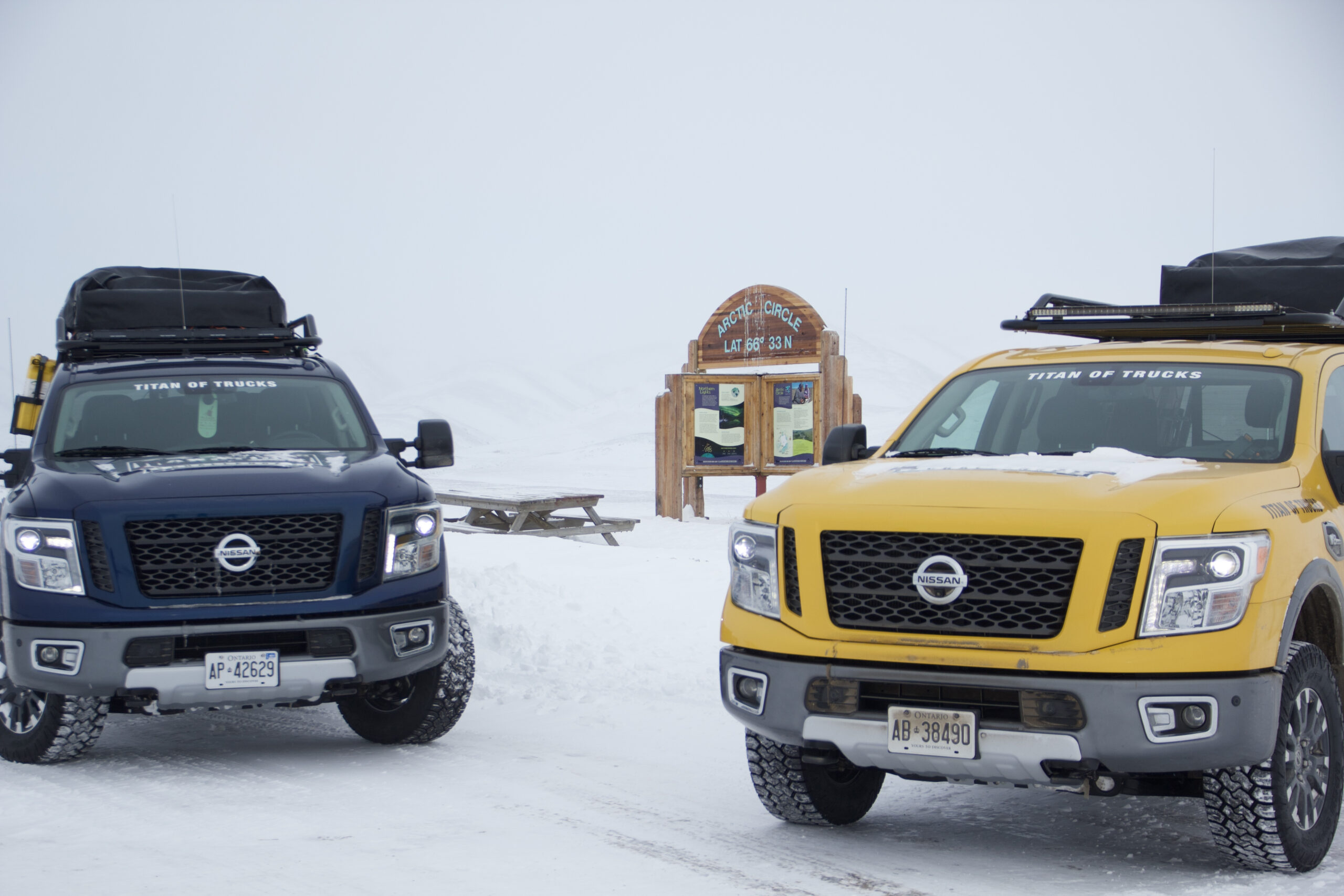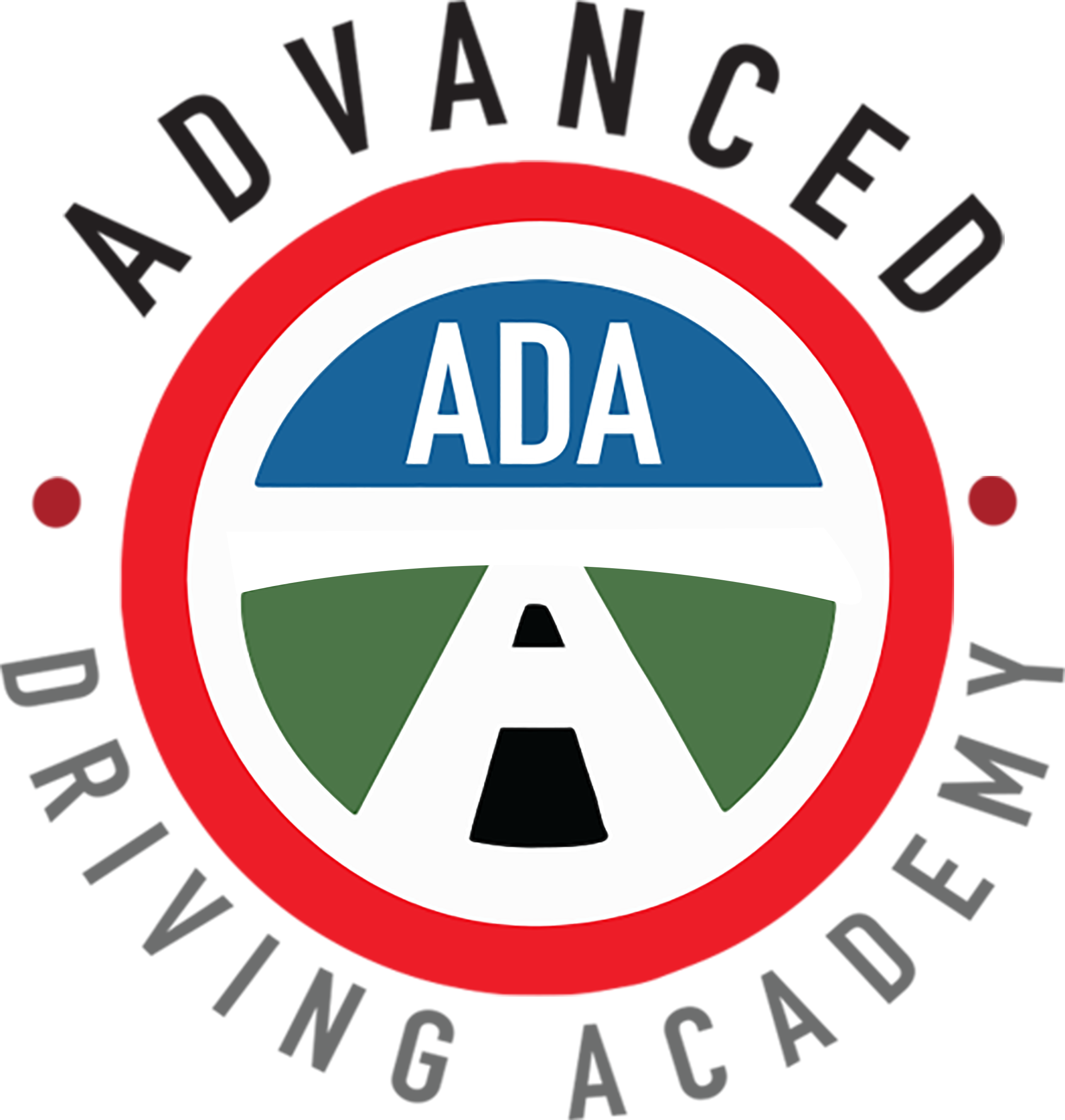Winter Driving Safety Tips
The winter season can present a unique set of winter driving safety challenges for vehicle owners, vehicle manufacturers, and electric vehicle drivers. From vehicle damage to tire pressure and tire safety ratings to tire treadwear, and new tires to tire damage, more battery power is needed to get through the winter season. Here are our Winter Driving Safety Tips.
As winter road emergencies, winter weather changes, and winter weather hits, it is important for vehicle drivers to be prepared for icy roads, low temperatures, lower temperatures, and slushy winter conditions with temperature resistance and freezing temperatures.
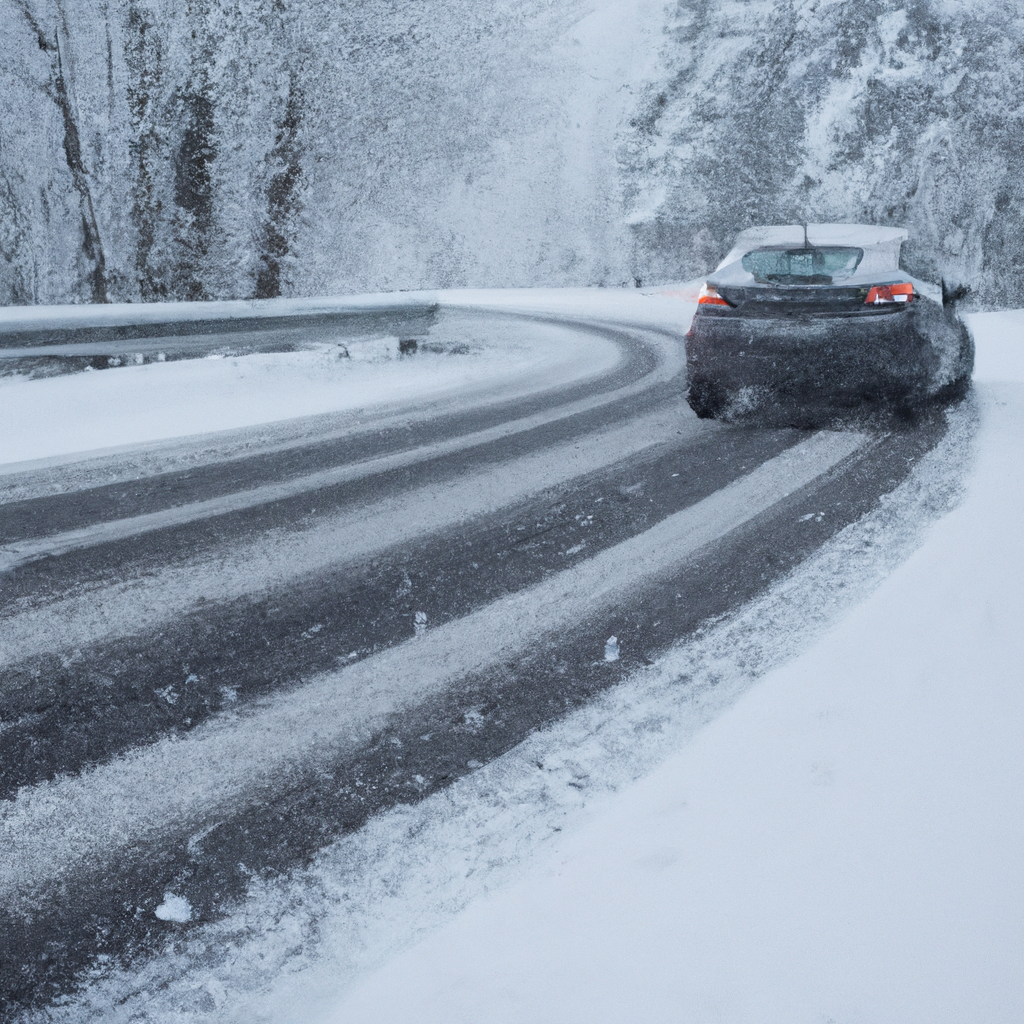
Prepare Your Car for Winter
As winter weather approaches, it is important to prepare your car for the cold season. Winter driving safety revolves around car preparedness. One of the best ways to do this is to check your tire tread and pressure. Make sure the tire treads have sufficient depth and the pressure is set to the correct level. Additionally, installing snow tires can help give your car extra traction in the snow and icy conditions. Additionally, check your lights and wipers to make sure they are working properly. It is also important to check your antifreeze levels to ensure your engine stays warm throughout the winter season.
Check Your Tire Tread and Pressure
To ensure your car is not the weak link in your winter driving safety plan, it’s essential to check your tire tread and pressure. Tire tread is the pattern of grooves and ridges that are molded into the tires. It helps to channel away water and provide grip on slippery surfaces. Tire pressure is the air pressure inside the tire. Normal tire pressure should be between 30 and 35 PSI, which is printed on a sticker inside the driver-side door or in the owners’ manual.
In colder temperatures, the PSI will be lower, so it’s important to ensure it’s properly inflated. You can use a tire gauge or air compressor to check the pressure and add more air if needed.
Install Snow Tires
As the temperatures drop and snowflakes drift from the sky, it’s time to take the necessary steps to ensure your car is ready for winter weather. One of the most important steps is to install snow tires. Snow tires can provide your car with better traction on snow and ice, which can help you avoid slipping and sliding on the roads. This naturally improves your winter driving safety.
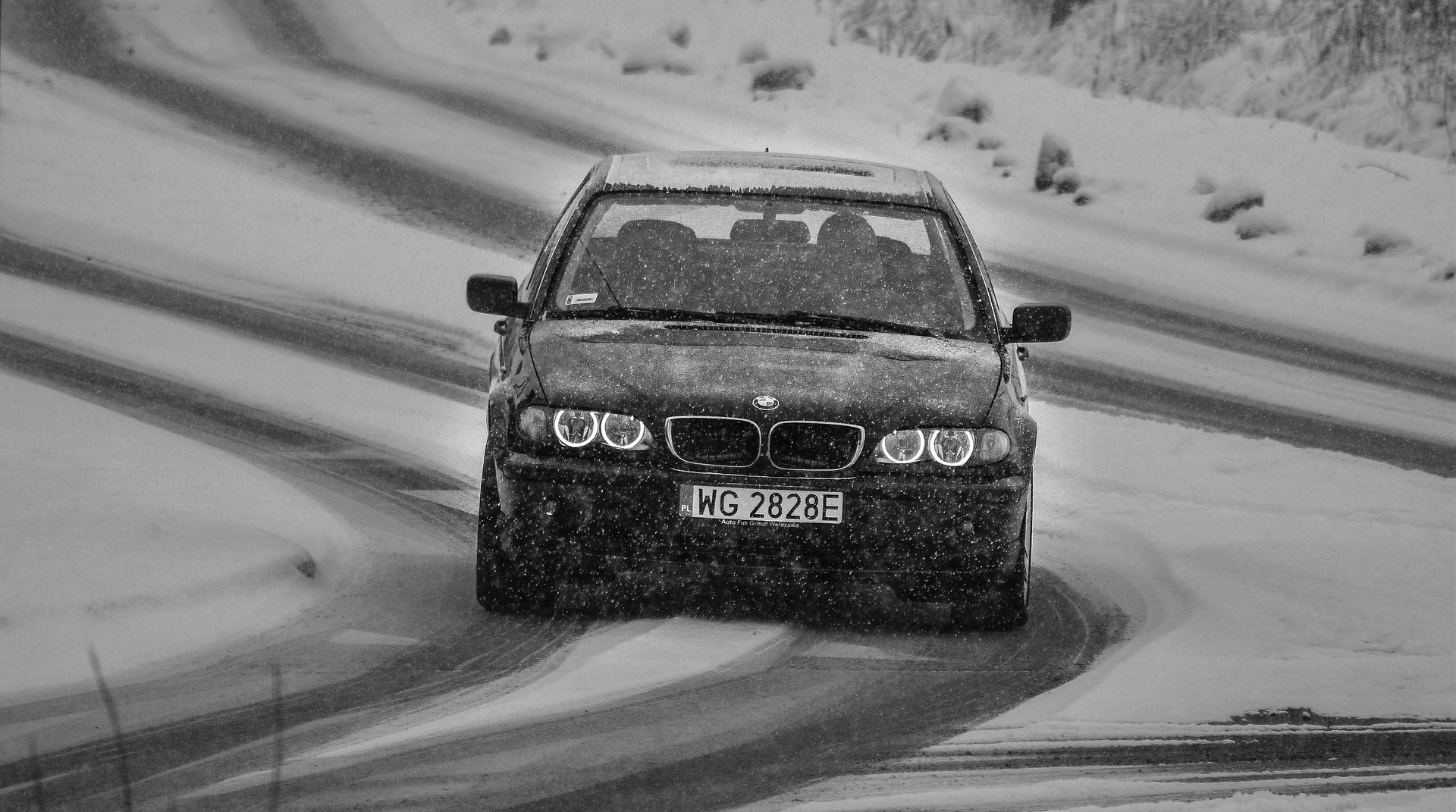
If you live in an area that experiences a lot of snowfall, it’s essential to boldly switch to snow tires with a deep tread. The deeper tread will allow your car to better grip the road and maneuver around turns. Look for tires with a symmetrical pattern of tread blocks that can provide extra traction when driving on slippery surfaces.
Check Your Lights and Wipers for Winter Driving Safety
Next, it’s time to check your car’s lights and wipers. Getting the clearest picture of the road ahead is important for winter driving safety. Make sure all the lights on your car are working correctly – headlights, tail lights, indicators, and brake lights. If the lights are not working, replace the bulbs or visit a mechanic. Additionally, check that your windshield wipers are in good condition. Replace them if they are worn out or if they leave streaks when used.
Make sure you have a supply of windshield wiper fluid to keep your windows clear of dirt and debris. Finally, check that the wiper blades are free of any debris and that they are secured to the arm correctly. Be sure to check your lights and wipers before heading out on any winter roads.
Clear Your Windshield
In order to clear your windshield, it is important to follow a few simple steps. The first step is to remove ice and snow from the windshield to ensure visibility while driving. This can be done with an ice scraper or a de-icing spray. Next, clean and clear your windshield to remove any dirt or debris. Windshield wipers can be used to help clear the windshield, as well as a cleaning solution and a microfiber cloth. Once the windshield is clean, it is important to stock up on wiper fluid.
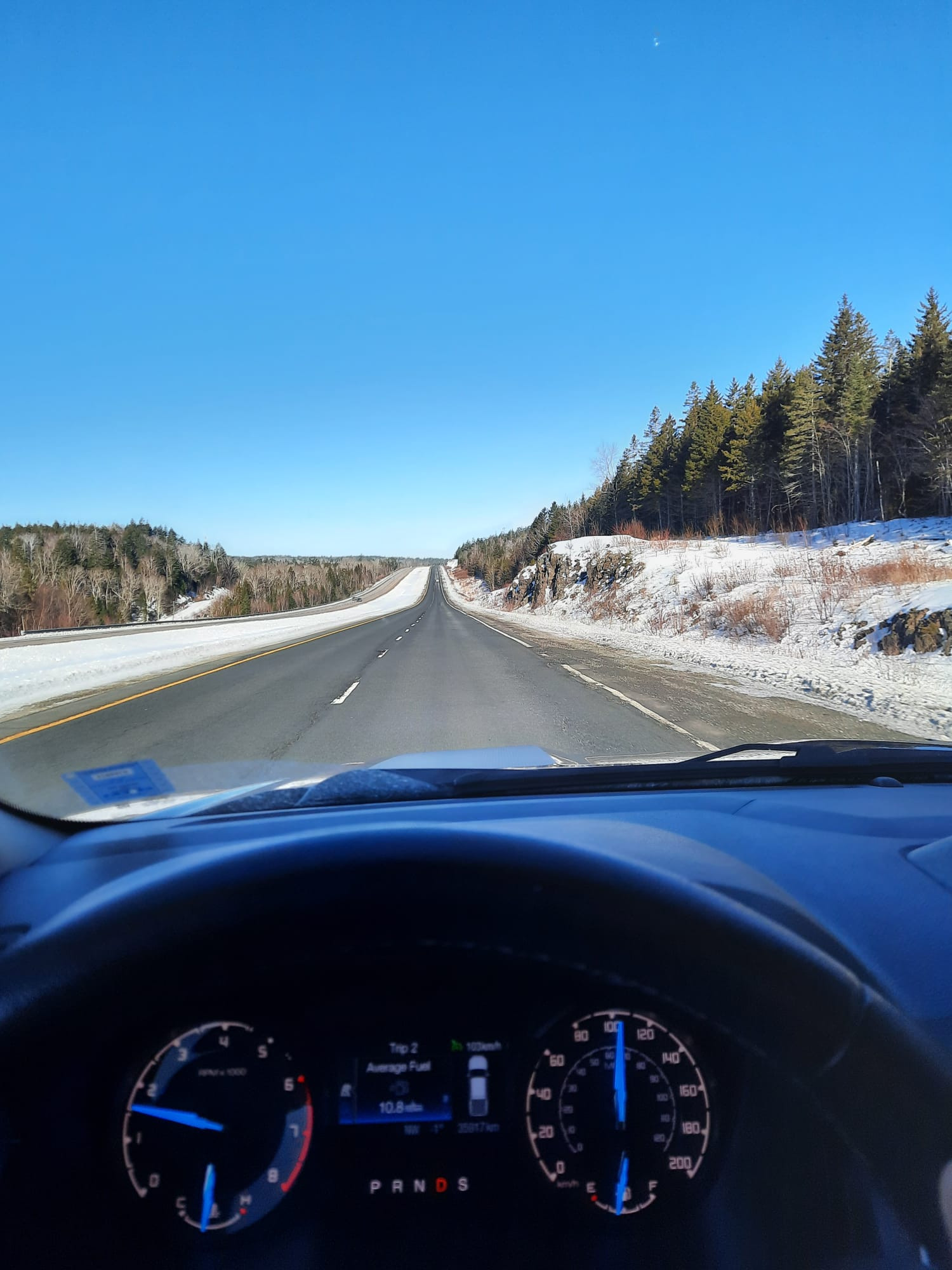
Remove Ice and Snow From Windows
Before you can clear and clean your windshield, it’s important to take the time to remove any ice and snow from your windows.
The best way to do this is to use an ice scraper, which can be purchased at any auto supply store. It’s important to use an ice scraper, as other tools can damage the glass of your windshield. Start at the top edge of the windshield and work your way down, making sure to remove as much of the ice and snow as possible. If you don’t have an ice scraper, you can put a few drops of rubbing alcohol on a cloth and use it to remove any ice or snow.
Clean and Clear Your Windshield
After you’ve removed any ice and snow from your windows, it’s time to clean and clear your windshield. Start by washing the exterior of your windshield with a soapy sponge or cloth. This helps to remove any remaining dirt and dust that accumulated over the warmer months.
Then, mix a solution of water and white vinegar in a spray bottle. Spray the solution onto the windshield and use a clean cloth to rub away dirt and streaks. Finally, rinse the windshield with clean water to remove any remaining residue.
For a streak-free finish, use a microfiber cloth to dry the windshield. This helps to prevent water spots from forming. This technique is a great way to keep your windshield clean and clear all year round!
Stock up on Wiper Fluid
With winter comes the chance of snowfall or ice, and as such it’s important to have the necessary supplies on hand to keep your windshield clear. Stock up on wiper fluid, so that you can quickly and easily remove any snow or ice that has accumulated.
Wiper fluid is a great tool to have on hand to ensure that your windshield is completely clear of any obstructions. Not only will it make your car safer, but it will also help you see the road more clearly. Make sure to buy the right kind of fluid for your car’s make and model, and also check the expiration date to make sure it’s still good. Additionally, you should always keep extra fluid in your car in case you run out.
Winter Driving Safety – Plan Your Route
Winter driving safety is impacted by your external environment. Therefore to ensure a successful journey, it is essential to plan your route ahead of time. Avoid unplowed roads in order to avoid any unnecessary delays due to winter weather.
Research road conditions to remain updated on potential hazards. Leave extra time for your trip to account for any unexpected delays or obstacles. Utilizing a GPS can help provide directions and live updates on traffic conditions. Lastly, fill up on gas before leaving so that you do not run out while on the road.
Avoid Unplowed Roads
In the winter months, driving can be a tricky task. To make the most of your journey, it’s important to avoid unplowed roads. A few simple steps can help you get to your destination safely and on time, no matter how bad the weather.
First, with your new found passion for winter driving safety, research road conditions and winter weather ahead of time. Check the local news for weather advisories, and keep an eye on your phone for any updates. Knowing the current conditions, as well as potential delays, will help you plan the safest route.
If necessary, leave extra time for your trip. This will give you some wiggle room if the roads become dangerous or if you need to take a detour.
Research Road Conditions Ahead of Time
Now that you’ve cleared your windshield and have a plan in place, it’s time to research road conditions ahead of time. This is an important step to ensure a safe and successful journey. There are several ways to accomplish this, such as checking the weather forecast for your destination, reading reports online from the Department of Transportation, or getting firsthand accounts from other drivers.

Additionally, many state governments have made it easier to access real-time information on road conditions by providing online resources. By taking the time to investigate the roads you will be taking, you can prepare for any potential obstacles and plan alternative routes accordingly.
Leave Extra Time for Your Trip
Any winter driving safety plan will include leaving yourself more time to get to your destination. As you prepare for your winter journey, it’s important to leave extra time for your trip. Unexpected weather conditions can slow your progress and make it difficult to stay on track. With the right preparation, you can make sure you reach your destination on time.
Make sure to look up the latest road conditions before setting off. If you’re aware of any possible delays in advance, you can factor them into your travel time. If you’re travelling in the dark, it’s best to check the sunrise and sunset times and plan your journey accordingly.
GPS is a great tool for tracking your progress and helping you to stay on course.
Drive Slowly and Carefully
The path ahead of us should be navigated with utmost care. Leave Extra Room between you and other cars, to ensure there’s adequate distance for braking and turning. Taking your time on the road and avoiding sudden stops and starts will also reduce your chances of getting into an accident.
When approaching curves, it is important to take it slow. This will help you maintain better control of the vehicle and leave extra room for stopping. It’s important to give yourself plenty of time to react to any potential hazards that may arise.
Leave Extra Room Between You and Other Cars, it is Part of Winter Driving Safety
In the winter, if you are concerned about winter driving safety you should leave between 5-8 seconds between you and the car ahead. No matter how experienced of a driver you are, it’s always important to leave extra room between you and other cars. It’s key to give yourself some space and time to react if something unexpected occurs. This means driving with a few car lengths between you and the car ahead of you. That way, if the car ahead of you stops suddenly, you have enough time and space to come to a stop safely.
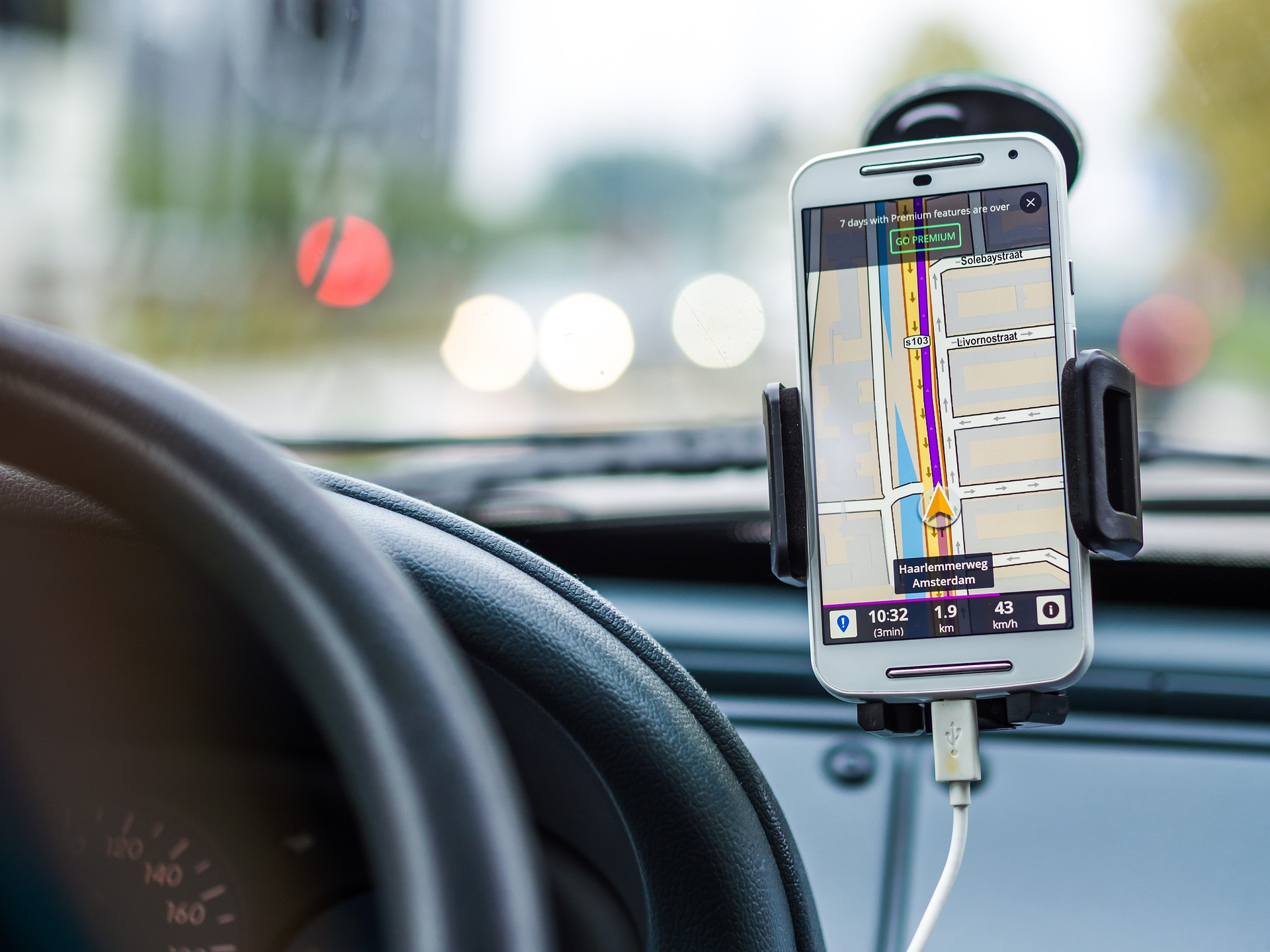
Additionally, leaving extra room between you and other cars when driving gives you more space to maneuver in a tight situation. By allowing yourself to drive with extra room, you can make sure everyone on the road is safe and sound.
Take Your Time on the Road
Bear in mind that it is much better to take your time on the road and arrive late rather than to rush and risk an accident. Take it slow and always be aware of your surroundings, allowing extra time to arrive where you need to go. This way, you will be able to think and react properly when encountering any potential danger.
Look ahead and plan for any obstacles that may arise. Pay attention to drivers around you and anticipate their moves. This will help you react quickly and safely. Additionally, be mindful of speed limits and never drive faster than is legally allowed. Doing this will help you stay in control of your vehicle and maintain a safe speed.
Avoid Sudden Stops and Starts
Following a route plan is crucial for a successful road trip. Consequently, it’s also important to avoid sudden stops and starts while on the road. Not only is this important for your safety, but also for the safety of those around you. When it comes to sudden stops and starts, slow and steady always wins the race, padrticularly in winter weather. Accelerating slowly gives other drivers enough time to slow down or change lanes. Your winter driving safety is impacted greatly by your delicate feel on the accelerator and the brakes. Learn to accelerate and break slowly.
This is especially important on highways and interstates, where vehicles are traveling at much higher speeds. Additionally, leaving a safe distance between yourself and the vehicle in front of you can help avoid sudden stops and starts. This buffer zone gives you more time to react, and helps to prevent any sudden movements.
Use Caution on Bridges and Overpasses
When driving on bridges and overpasses it is essential to use caution. Taking extra care on icy surfaces, slowing down when approaching bridges, and not slamming on the brakes can all help to ensure a safe trip. Additionally, drivers should check road conditions beforehand, as well as monitor the weather.
Winter driving safety implies that you will always drive at a safe and moderate speed, especially when crossing bridges and overpasses. Being aware of the potential risks can help drivers take the necessary precautions to ensure that they arrive safely at their destination.
Exercise Extra Care on Icy Surfaces
The cold winter months bring on a slew of safety hazards, and icy surfaces are no exception. It is of paramount importance to exercise extra care when driving on icy surfaces. These surfaces can have a thin sheet of ice that can be difficult to detect, and can cause your vehicle to suddenly slip or slide in an unexpected direction. Additionally, icy surfaces can be black ice, which is even more treacherous because it is nearly invisible.

When approaching bridges and overpasses, you should slow down and use added caution. Bridges and overpasses typically freeze before regular roadways, and can be difficult to navigate. If you are driving on a bridge or overpass and begin to feel your vehicle slipping, do not slam on the brakes.
Slow Down when Approaching Bridges
As you take your foot off the gas pedal and onto the brakes when approaching bridges and overpasses, it’s important to slow down and exercise extra caution.
Bridges and overpasses can become extra slick and icy during winter months, so it is always best to slow down to ensure you can navigate safely. Additionally, you should never slam on the brakes, as this can cause you to lose control and put you in harm’s way.
It’s also important to check the road conditions before you travel and monitor the weather. If the forecast is calling for snow, a bridge or overpass can quickly become icy and dangerous. Be sure to take all necessary precautions when driving and take it slow when approaching bridges and overpasses.
Don’t Slam on the Brakes
It is crucial to exercise extra care when driving over bridges and overpasses. Bridges and overpasses can be particularly dangerous in icy conditions, as the lack of friction can make it difficult to maintain control of your vehicle. Therefore, slamming on the brakes should be avoided at all costs. From the perspective of winter driving safety we never want to dos anything that can lose control of the vehicle.
Always drive slowly and cautiously when approaching a bridge or overpass. This will give you time to react to any unexpected situations and reduce the risk of skidding.
It is also important to check the road conditions and monitor the weather before driving. Ice and snow can make bridges and overpasses particularly slippery and dangerous. Be sure to adjust your speed according to the weather conditions.
Be Aware of Other Drivers
As a driver, it is important to be aware of other drivers on the road. To stay safe, anticipating the actions of other drivers is key. It is important to remain alert and focused, driving defensively, and avoiding any unnecessary lane changes.
It is also essential to maintain a safe distance from any vehicles in front of you to give yourself enough time to react if the car ahead of you suddenly brakes. Staying alert is also helpful in anticipating any potential dangers.
Anticipate the Actions of Other Drivers
It’s essential to be aware of other drivers when operating a motor vehicle. To stay safe on the roads, one must anticipate the actions of other drivers.
When driving, scan the area ahead and around you. Look for brake lights, indicators, and any other signs of cars changing lanes or making turns. Anticipating the actions of other drivers can help you prepare for any situation that may arise.
Being aware of the traffic around you is key. Be sure to allow plenty of space when driving near other vehicles. If someone is tailgating, be aware that they may not be as vigilant as you are. Take extra caution when passing and merging. Always be alert and keep a safe distance from other cars.
Drive Defensively
With the ever-changing landscape of the roadway, it is of paramount importance to drive defensively. This entails keeping a sharp lookout for anything that may require an emergency response, such as sudden stops, lane changes, and other drivers’ erratic behavior. Anticipating these situations can help to avert a potentially hazardous situation.
It is also important to maintain a safe speed, following the posted speed limit, and to be aware of the conditions of the roadway. Adjusting speed in wet, icy, or foggy conditions can help to prevent an accident. Maintaining a consistent speed and avoiding sudden stops or swerves can also help to avoid a collision.
Stay Alert and Focused
Having crossed bridges and overpasses safely, it’s now pertinent to stay focused on the road and remain alert at all times.
Driving is a responsibility that requires alertness and attention to the actions of other drivers. Staying alert and focused requires you to anticipate the behavior of other drivers. This means you should be aware of your surroundings and be ready to react quickly to any changes in the flow of traffic. You should remain vigilant and not let yourself be distracted by your phone or any other activity. A single moment of distraction is enough to cause a life-altering accident. Moreover, avoid unnecessary lane changes and always signal your intentions to other drivers. This will ensure that other drivers are aware of your movements and can prepare accordingly.
Bring an Emergency Kit
To ensure a safe and secure journey, it is important to bring an emergency kit. This kit should include supplies for cold weather, such as a blanket, an extra pair of gloves, and a warm hat. It is also vital to have a spare tire and jack in case of a flat. In addition, it is important to pack a flashlight with extra batteries to be used in the event of a power outage. An ice scraper is a must-have for those cold winter mornings when the windshield is covered in frost.
Include Supplies for Cold Weather
It’s essential to be prepared for any unexpected weather conditions when driving, so it’s a good idea to include supplies for cold weather in your emergency kit. Make sure you include a blanket that will keep you warm in case your car breaks down on a cold night.
You should also have a scarf, gloves, and a hat to protect you from the elements. If you live in an area with heavy snowfall, you should additionally consider bringing a shovel and tire chains in case you need to dig your car out of a snowbank. Keeping these items in your emergency kit will ensure that you are prepared in case of a winter emergency.
Have a Spare Tire and Jack
To stay prepared while driving, it’s essential to have a spare tire and jack in your car. This can help you if you have a flat tire, saving you from a potentially hazardous situation. Having a spare tire and jack can be a lifesaver.
When purchasing a spare tire, check to see if it fits your vehicle. You should also be aware of the condition of your spare tire, as a flat one is no use to you. Additionally, make sure that the jack that you get is compatible with your vehicle. Most cars come with a jack, but having a more robust one could be beneficial.
Once you have your spare tire and jack, make sure you know how to use them.
Pack a Flashlight with Extra Batteries
In addition to being aware of other drivers, it’s also important to be prepared for unexpected emergencies. A great way to do that is to bring an emergency kit with you. One essential item to include in your emergency kit is a flashlight with extra batteries.
A good flashlight should be a part of any driver’s toolkit. Not only is it helpful in emergency situations, but it can also come in handy during night time driving or when you need to make a repair on the side of the road. A flashlight can help you see in dark places, and the extra batteries will ensure that you have a spare when your flashlight runs out of juice. When choosing a flashlight, make sure it is waterproof and bright enough to be seen from a distance.
Be Prepared for a Breakdown
In the event of a breakdown, it is essential to be prepared. Having a plan in place is the first step. Knowing who to call for help is a must. Whether it is a family member, friend or roadside assistance, having a contact ready ensures help will arrive in a timely manner.
Visibility is key during this time. If the vehicle is able to be moved, it should be shifted to the side of the road and the hazards should be turned on. Additionally, occupant safety should be taken into consideration. All passengers should remain in the vehicle until help arrives.
Have a Plan in Place
Imagine the worst scenario: you’re driving and suddenly your car breaks down. You’re now in an unfamiliar area feeling stranded and overwhelmed. The best way to protect yourself in this situation is to have a plan in place.
It’s important to familiarize yourself with the area before driving, especially if you’re unfamiliar with it. Make sure you know the nearest gas stations, repair shops, and nearby landmarks in case you need help.
If you find yourself in a breakdown situation, you’ll want to know who to call for help. Have the phone numbers of tow companies, mechanics, and other relevant contacts saved on your phone or written down in your car. You’ll also want to have the contact information for roadside assistance services handy.
Know Who to Call for Help
Having an emergency kit is a great start, but it’s also essential to be prepared for a breakdown. Here’s what to do: Know Who to Call for Help.
Whether you need a tow truck or an emergency roadside service for a flat tire, a jumpstart, or a gas delivery, make sure you know who to call. It’s best to have a few numbers handy in case one is unavailable. Before you ever find yourself in an emergency situation, research the best companies in your area who can help you out. Compile a list of their contact information with their service area, hours of operation, and payment methods. This way, when your vehicle gets stuck, you’ll have the assurance that help is on the way.
Stay in Your Vehicle Until Help Arrives
In the event of a breakdown, it’s essential to stay in your vehicle until help arrives. Getting out of your car, even if you’re in the middle of nowhere, is incredibly risky and can even be dangerous. Instead, make sure that you are visible to other drivers.
This can be done by turning on your emergency lights and, if available, the hazards. Make sure that all the occupants of the car stay in their seatbelts and that the doors are securely locked.
If you’re visible and safe inside the car, help will be able to find you faster. Even if you’re in an isolated area, keep your windows slightly cracked open, so that you can communicate with anyone who may stop to help.
Conclusion
Winter weather can be unpredictable and dangerous. To ensure safety on the roads, it is important to be prepared and take necessary precautions. Before taking off, make sure your vehicle is up to date with the latest vehicle technology and vehicle manufacturers requirements.
Also, check the tire safety ratings and tire treadwear to make sure your new tires are in good condition and will not be damaged by the cold. To get more battery power, consider investing in an electric vehicle. Additionally, make sure to plan ahead for any potential winter road emergencies and be aware of the winter weather changes and prepare for them. Lastly, always drive with caution and awareness, especially when winter weather hits with icy roads, low temperatures and slushy winter conditions.
Related Post
Master the icy roads! Discover the top five crucial lessons from winter driver training, ensuring your safety during the frosty season.
Get ready to conquer icy roads with confidence! Discover essential tips for winter driving in our comprehensive guide. Stay safe and prepared this winter season.


